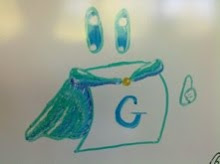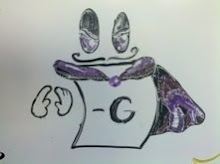The past few years I've been very interested in a family of games from Erik Demaine and Robert Hearn. This family, known as Constraint Logic, revolves around making moves which consist of flipping the direction of edges in a graph. The rules for when edges may be flipped differ only slightly for each version of the game in the family (whether the edge can ever be flipped back to its original state and the number of players in the game).
Nevertheless, they are able to divide the family into games that are complete for many different complexity classes (and one that is undecidable). The brilliant construction is potentially the cleanest way to characterize these classes in terms of combinatorial games. This version of the paper is very easy to digest and clearly describes the graphs used in all Constraint Logic games. The long version of the paper, which contains example reductions to various games, is Hearn's PhD thesis. The examples there show the nature of using this as a vehicle to show completeness in games: Constraint Logic is flexible enough to be used for any game (for example, it handles planar situations well) but is already a game itself.
I feel like I have kept running into different versions of this framework for the past few years (though I don't recall how) but I don't know whether it has actually been used yet by anyone other than its creators. Does anyone know of an appearance of Constraint Logic in another reduction? If so, I would love to hear about it!
Jokes from the Audience
5 days ago



No comments:
Post a Comment